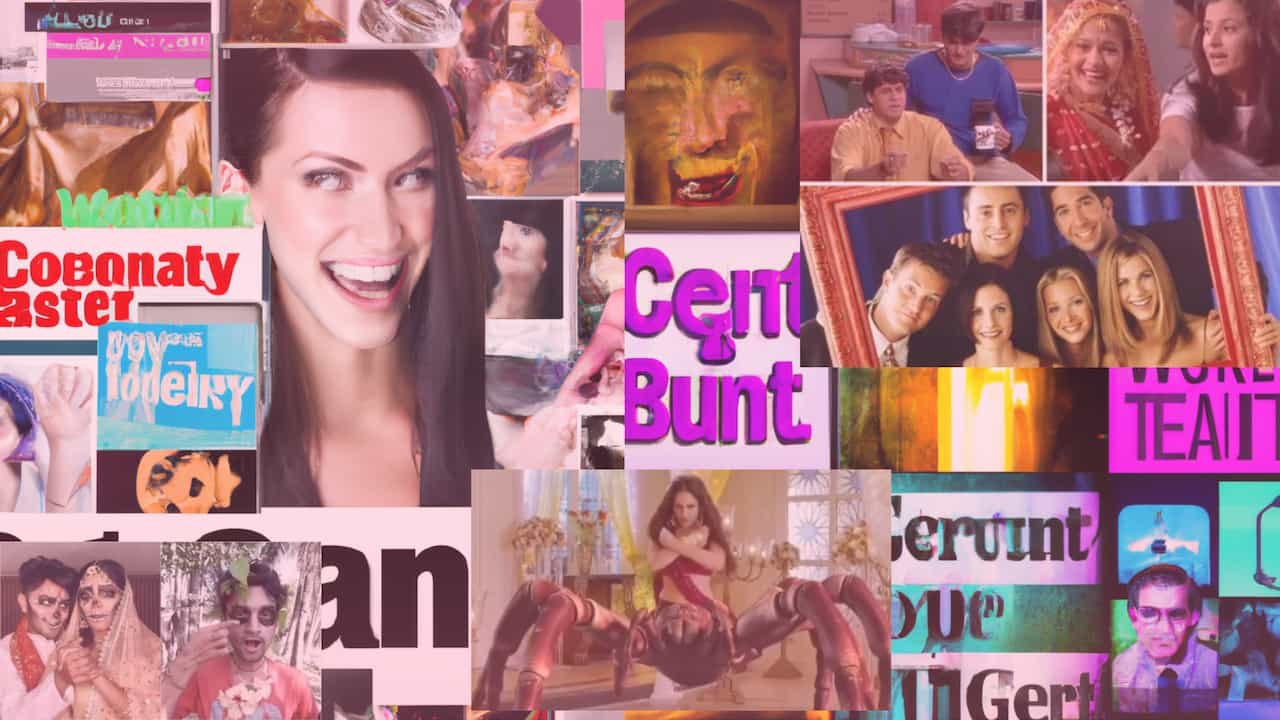
Over the past few years, there has been a noticeable rise in so-called “cringe content” across social media platforms and online spaces. It refers to intensely awkward, embarrassing, or uncomfortable content to view or engage with. Cringe content elicits a visceral reaction of discomfort and secondhand embarrassment in those who view it. Cringe content plays a significant role in the formation and evolution of online subcultures.
The internet allows specific provocative, awkward, or embarrassing content to be rapidly disseminated and discussed within niche communities. Sharing in the discomfort of cringe content can act as social glue for online subcultures, providing a common reference point and in-group cohesion. Reacting to cringe-worthy content also signals in-group status and shared implicit norms. For example, cringe social media dances help define the social media subculture, just as cringe anime mediated Japanese otaku culture. A shared understanding of what is considered cringe reflects a subculture’s boundaries, social hierarchies, and values. Calling out cringeworthy content also reinforces implicit rules and norms in online subcultures.
Creating intentionally cringeworthy content can be an act of subversive humour or rebellion in these digital subcultures. While cringe content may seem trivial, it reveals deeper sociological functions: defining community boundaries, signalling status, and maintaining implicit norms. The specific cringe content that flourishes in an online subculture offers insights into that community’s social dynamics, values, and underlying motivations.
But why has this type of content become so pervasive lately? And what might be the societal impacts of its proliferation?
Defining Cringe Content
Cringe content encompasses many forms of media, from cringey social media dances to awkward YouTube videos. But some common categories include:
- Overly intimate public displays of affection
- Tone-deaf gestures or statements oblivious to social norms
- Forced, unfunny attempts at comedy
- Public meltdowns or outbursts of anger
- Displays of stunning ignorance
- Cloyingly earnest self-expression
Often, cringe content involves oversharing personal details, violating social boundaries, or disconnecting from broader social awareness. The cringe reaction stems from distress at public social norms being flouted or someone utterly lacking self-awareness.
Why is cringe-worthy content spreading?
Several cultural factors are driving the spread of cringe-worthy content online lately. Social media platforms with public commenting have created stages for maximum public embarrassment. The desire for clicks, views, and virality incentivizes provocative cringe-bait. Some analysts point to cringe content as a reaction against an increasingly polarised culture, with cringe exemplifying a desperation to be heard.
But the most significant drivers are social media and changing norms around publicly sharing intimate details online. Oversharing personal problems, once limited to close friends, are now blasted around the world. Attention-seeking behaviour that might have been isolated locally goes viral globally. The hunger for social media validation normalises exhibitionism and loss of privacy.
Spreading cringe content also allows for performative morality and judgement; the cringe reaction stems from a feeling of superiority and secondhand embarrassment directed downward. Calling out cringe can be its own form of virtue signalling in outrage culture. The proliferation of cringeworthy content reflects how social media incentivizes extremes for attention.
Potential Impacts on Society and Culture
What might be some cultural and societal impacts of the rising tide of cringe-worthy content online? Some potential effects include:
- Normalisation of loss of privacy and intimacy. As oversharing increases, social boundaries weaken, and concepts of public/private blur.
- Validation of attention-seeking. Rewarding cringe-worthy content with views and virality reinforces exhibitionist motivations.
- Rise in hostile public judgement. Calling out others’ cringe can justify online shaming and foster hostility.
- Emphasis on performativity over authenticity. Social media cringe prioritises getting clicks over self-awareness.
- Decreased empathy and boundaries. With fewer social limits on public embarrassment, cringe content may deteriorate empathy.
- Social regression and immaturity. Widespread cringe content glorifies social unawareness over maturity.
- Manipulation and exploitation. Cringe content creators leverage discomfort for profit and exposure.
- Augmented reality. As online social milieus grow dominant, cringe-worthy content warps real-life interactions and norms.
- Mental health impacts. Being the target of viral cringebacklash can seriously impact mental health and relationships.
While humour and vulnerability have value, the avalanche of cringe-worthy content carries many potential societal pitfalls. As cringe culture spreads, we may need to look at its real psychosocial impacts on privacy, empathy, and social awareness. More consciousness around boundaries and authenticity could help temper unhealthy cringe tendencies.
The Heart of Cringe Culture
More serious roots lie behind the comical discomfort of cringe content—the fundamental human desires for attention, validation, outrage, and superiority. In small doses, a bit of cringe humour can build social bonds through shared discomfort and empathy. But in excess, cringe culture appears more like a dysfunctional mirror reflecting our strained societal state back to us.
Perhaps the issue is less the cringe content itself than what its spread signifies about our fracturing social fabric and boundaries. As connectivity increases isolation, identity-seeking grows performative, and public spheres turn into gladiatorial arenas, cringe culture, unfortunately, seems poised to further overwhelm our already strained societal cohesion.
Moving forward, we need to be more thoughtful consumers, users, and creators—rewarding authenticity over exhibitionism, boundary-setting over judgement, and empathy over exploitation. No one is immune from awkwardness, but we can grow together through cringe rather than at each other’s expense.

